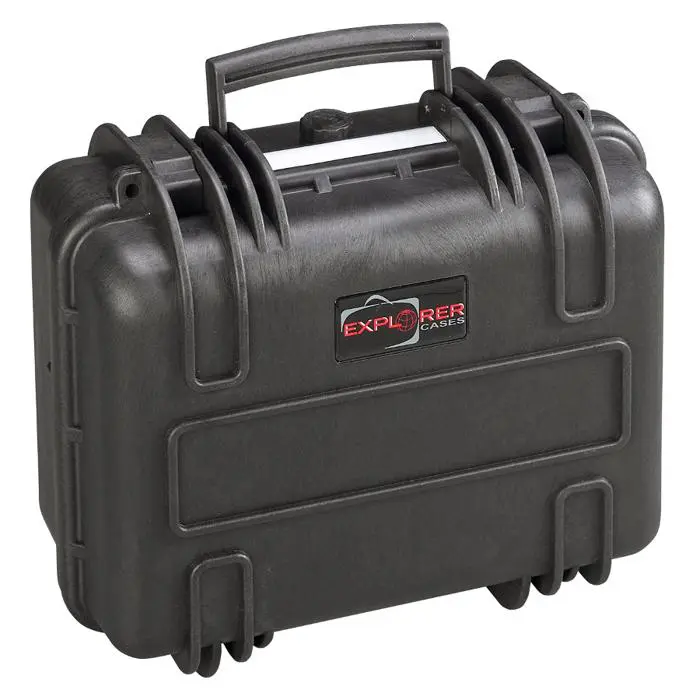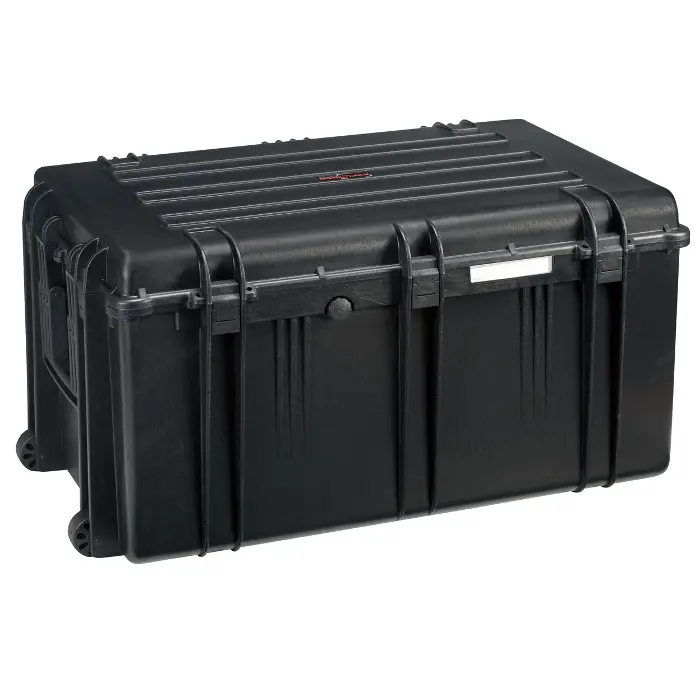Airline Baggage Restrictions | Plastic Hard Case Airline Carry-On
U.S. Airline Carry-on Restrictions
NEW FAA Requirement: Please note that airlines will now only allow ONE carry-on bag and one personal item (Briefcase, purse, diaper bag, etc.)
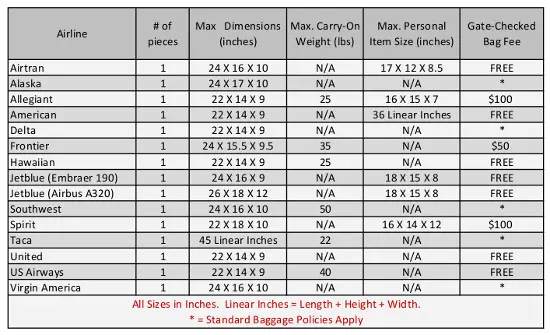
We would generally recommend that your carry-on piece does not exceed the dimensions – 22″ x 14″ x 9″ and does not exceed a weight of 40lbs. Airlines update their allowable carry on dimensions frequently and, while we try to keep the latest information available here for you, we recommend you check with your specific airline before boarding.
Maximum Airline Carry on Size Cases
Locking Features: Many Cases offer a built in TSA latch or an avaialble TSA padlock that will allow you to keep your checked baggage locked and secure throughout its trip while still allowing security to open and check the contents as needed. You’ll know that your lock is TSA approved any time you see this symbol:  Ameripack carries several case lines that have optional TSA Locks.
Ameripack carries several case lines that have optional TSA Locks.
SKB Cases w/ Optional TSA Latches
No Products are available at this time
Explorer Cases w/ Optional TSA Locks
New Security Measure: No knives or cutting instruments of any kind are allowed on any carry-on baggage.
CHECKED BAGGAGE: Domestic U.S. flights generally allow 2 free checked baggage items. Some airlines will allow a third piece, but no carry-on piece may be taken. A good rule of thumb is that the first checked piece should not exceed a dimension of 62 linear inches and a weight of 50lbs. (Depending on the airline, smaller size and weight restrictions may apply to additional checked pieces. We recommend you check specifically with the airline)*Most airlines will allow oversize, overweight, or additional baggage for an additional fee which varies depending on the situation. Please contact a particular airline or visit their website for further info. International flights generally have the same size and weight allowances but may cut down on the # of pieces that can be checked. Allowance variations exist depending on the destination country. Check with a specific airline for more information.
Airline Baggage Liabilities
These are general guidelines which most airline carriers abide by.
- Liability for loss, delay, damage to baggage is limited to $1250 per passenger on domestic U.S. flights. On international flights liability is limited to $9.07 per pound ($20 per kilo) or a maximum liability of $634.90 per piece of checked luggage. Liability for unchecked baggage is limited to $400.
- These limits may be higher if a charge has been paid which specifically values items exceeding these limits. (Certain items may not be allowed this excess valuation)
- Please be aware that almost every airline specifically states that they cannot be responsible for any valuable items (e.g. computers, electronic equipment, camera equipment, jewelry, cash, etc..) in checked or carry-on baggage
DAMAGED LUGGAGE
When traveling via an Airline it is possible your luggage may be damaged in some way. In the past, generally speaking, airlines have paid for repairs to most types of damage to luggage. Today things are changing and airlines are becoming stricter in enforcing the policies regarding the types of damage they are responsible for.
Things airlines will not cover include: normal wear and tear/minor cuts, scratches, dents, or soiling/loss or damage to parts protruding from the case (e.g. wheels, feet, pull-handles, flaps, pull-straps)/damage resulting from oversized or over-packed bags/manufacturer defects.
New: Many airlines will not cover damage to wheels and outside handles (including the pull out handle systems found on most new suitcases today)
Airline personnel are not always uniform in enforcing their baggage damage policies. It is best to check over your baggage upon pickup and make a claim with the airline immediately with regard to any damage you may notice.
Most airlines will not accept damage claims unless they are made within a reasonable time frame (usually within 48hrs)
Airlines have greatly improved upon the ways in which they handle passenger luggage in recent years. The majority of damage occurs with poorly constructed bags which literally break, tear, and fall apart through normal usage and handling. For many years airlines have been responsible for much of this damage, but recent changes have allowed the airlines, legally, not to accept responsibility for much of this damage.
Contact Us for More Information or your application.
Request Info or Quote
Don’t listen to us. Listen to them.
Featured Cases
Ameripack, Inc. Introduces Slide-Out, Stackable Electronic Racks
Another Innovative solution from Ameripack! Our new stacking feature is a simple addition to any of the Ameripack Excalibur Series of Slide-Out Rack Mount Cases.












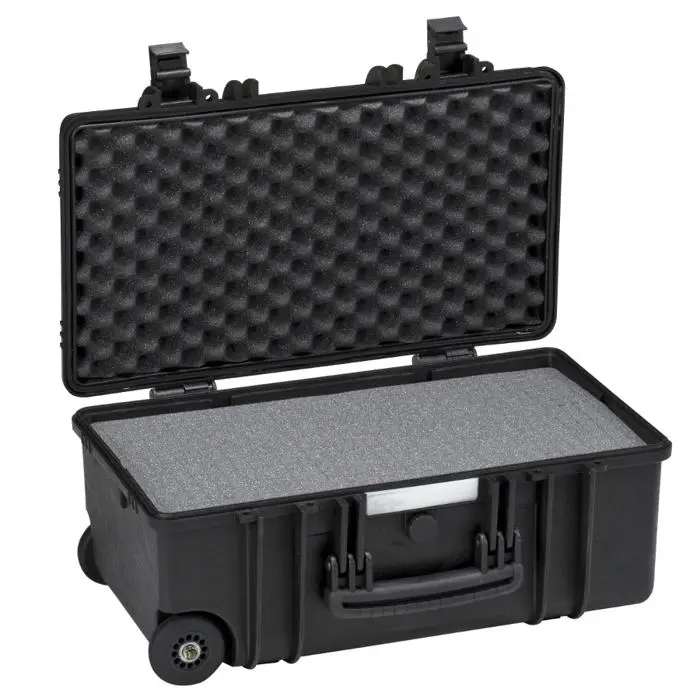







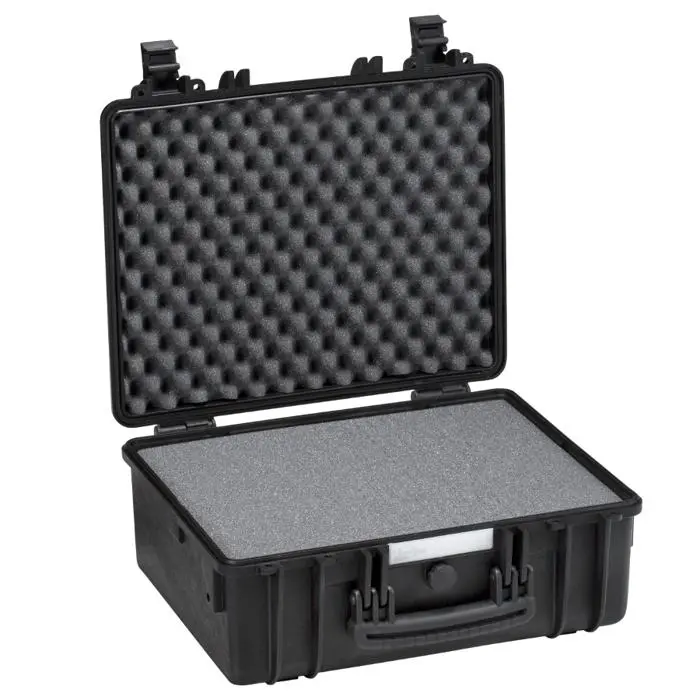














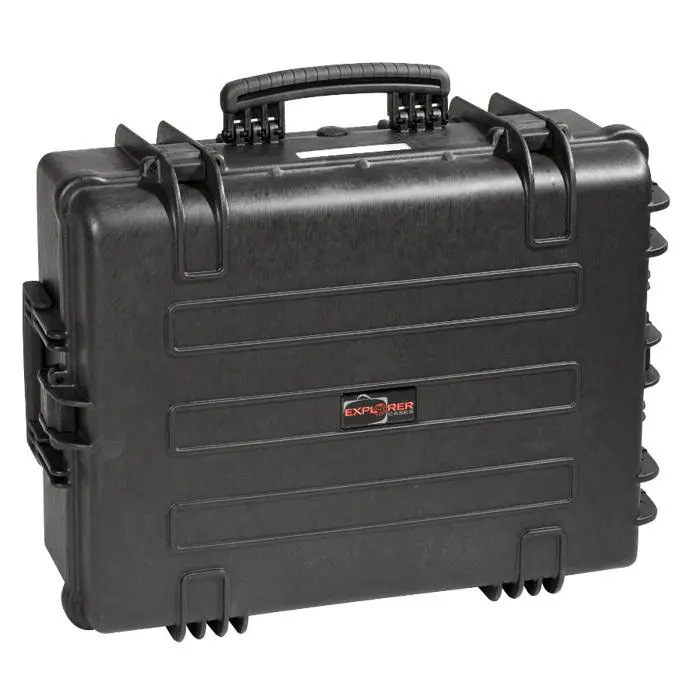
 Post Thumbnail">
Post Thumbnail">


